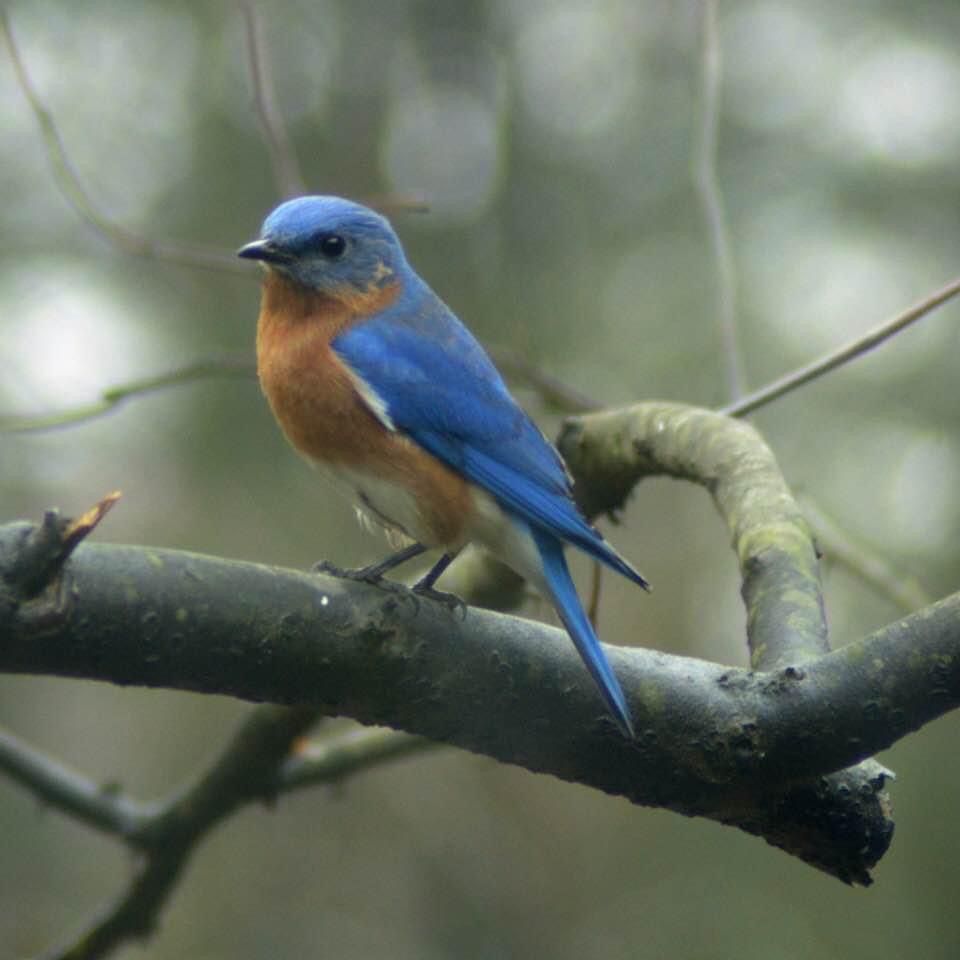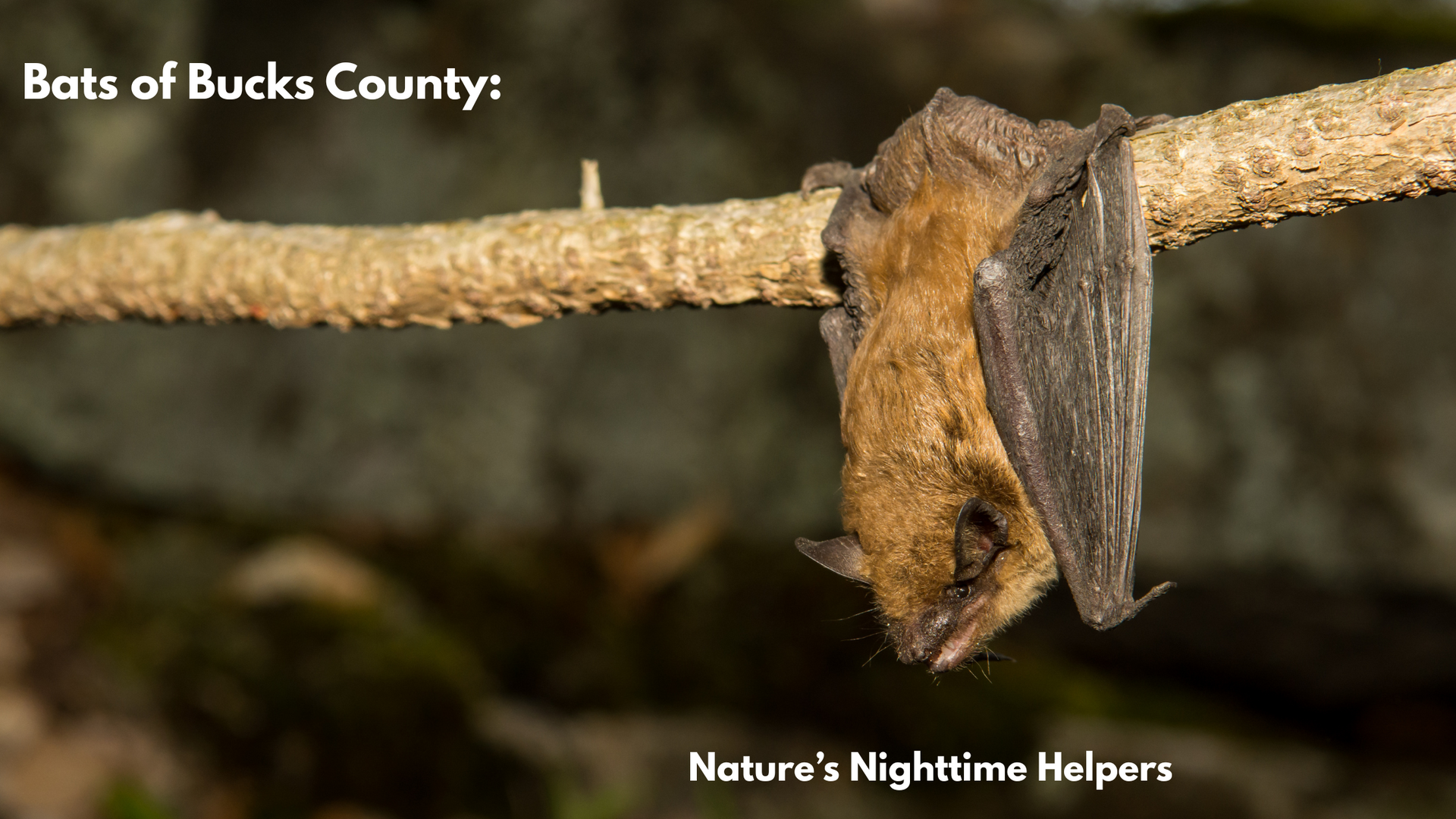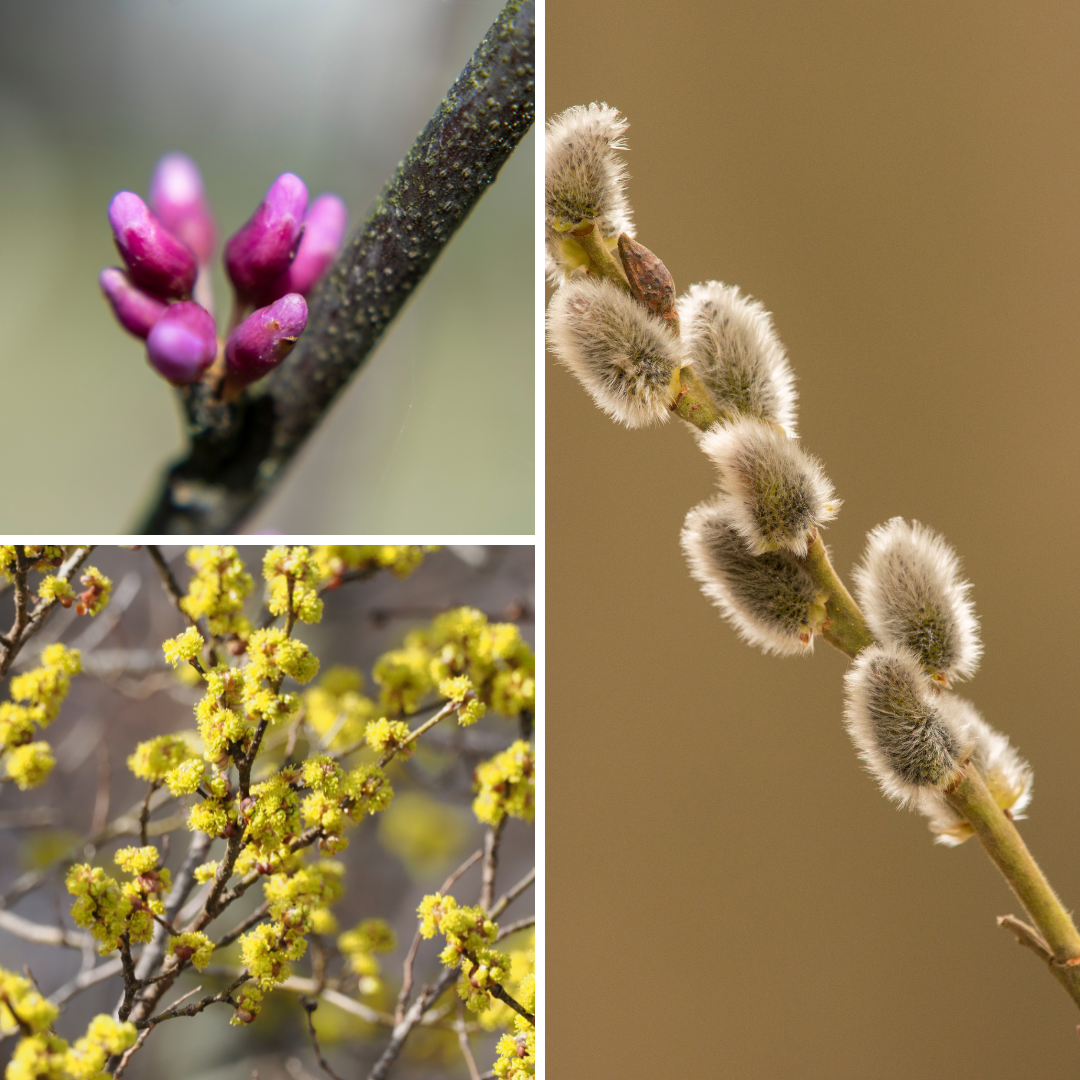Eastern Bluebirds: A Fascinating Journey Into Avian Parenthood

As spring blossoms and nature awakens, so starts the nesting season of one of the most delightful birds at Peace Valley Nature Center - the Eastern Bluebird (Sialis sialis). With their vibrant blue plumage and cheerful songs, these small birds bring joy to birdwatchers and nature enthusiasts alike. However, beyond their beauty lies a fascinating story of parenthood and perseverance.
These small thrushes are native to North America and are characterized by their bright blue feathers on their backs and wings, contrasting with their warm orange chest and white belly. Eastern Bluebirds are cavity nesters, meaning they typically seek out holes in trees or man-made structures to build their nests.
The Eastern Bluebird nesting season typically begins in early spring, around mid-March or early April, varying slightly depending on location and weather conditions. During this time, male bluebirds actively seek out suitable nesting sites while engaging in courtship displays to attract mates.
One of the most critical aspects of the nesting season is the selection of a suitable nesting site. Eastern Bluebirds prefer open areas such as meadows, orchards, or parklands with scattered trees. They often choose old woodpecker holes, natural cavities in trees, or specially designed birdhouses for their nests. These birds are also known to readily accept human-made nest boxes, making them a favorite among backyard bird enthusiasts.
Once a suitable nesting site is found, the male bluebird will begin to court the female by showing her potential nesting sites and bringing her nesting materials such as grass, twigs, and feathers. The female then takes over the construction of the nest, intricately weaving together the materials to create a cozy cup-shaped structure. The male continues to provide support by defending the nesting territory and bringing food to the female during this time.
After the nest is completed, the female bluebird will lay a clutch of 3-6 eggs. She will then diligently incubate the eggs for about two weeks, rarely leaving the nest except for brief foraging trips. During this time, the male continues to feed and protect the female and the nest.
The tiny hatchlings are born blind and naked. Both parents take on the responsibility of feeding and caring for the nestlings, tirelessly bringing them a diet of insects and other small invertebrates. After about two to three weeks, the nestlings begin to fledge, or leave the nest. Initially, they may remain close by, perched on nearby branches as they gain strength and confidence in their flying abilities. The parents continue to care for and feed the fledglings during this critical period, teaching them essential survival skills such as foraging and avoiding predators.
The Eastern Bluebird nesting season is a remarkable journey filled with dedication, perseverance, and the wonders of parenthood. From the careful selection of a nesting site to the hatching and fledging of the young, these beautiful birds captivate us with their resilience and devotion. By understanding and appreciating the intricacies of their nesting season, we can gain a deeper appreciation for these beloved inhabitants of Peace Valley Nature Center and the delicate ecosystems they inhabit.




